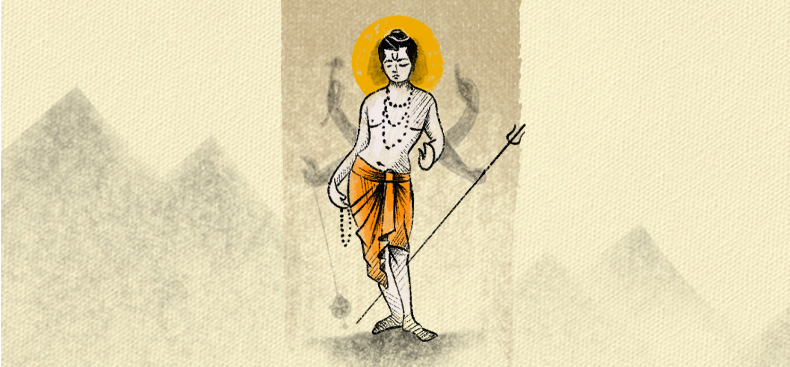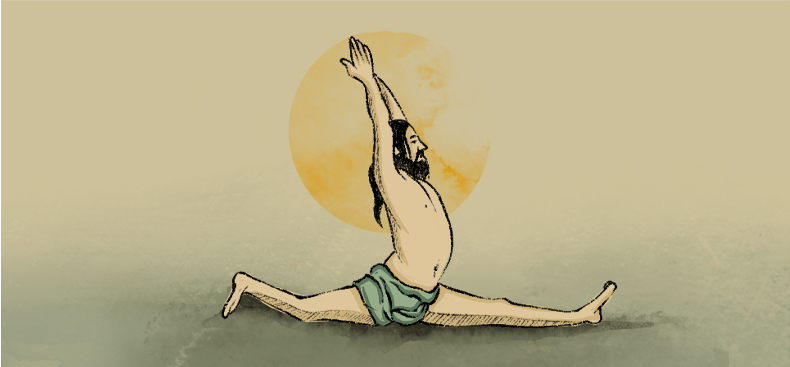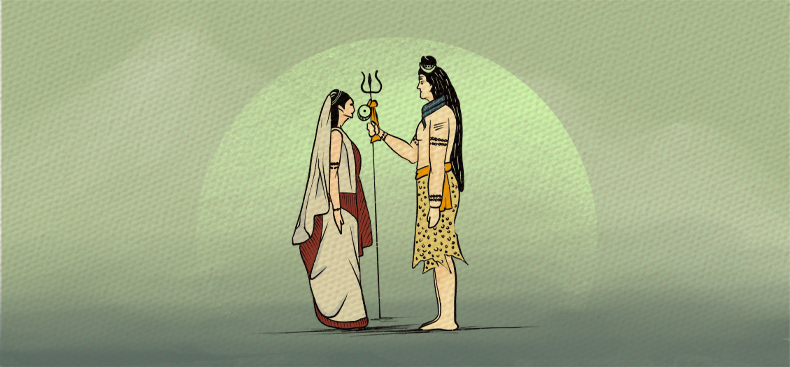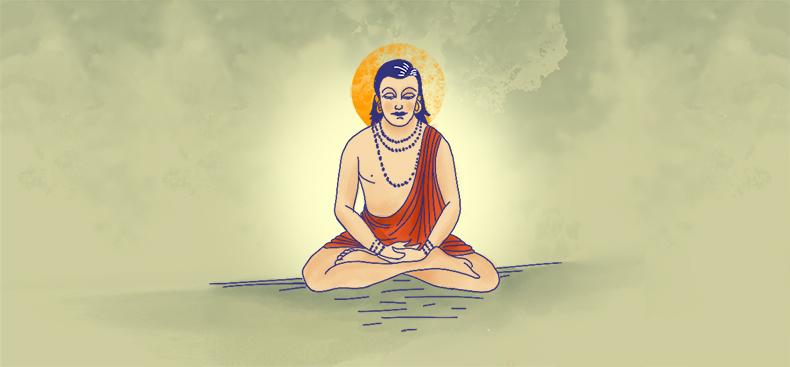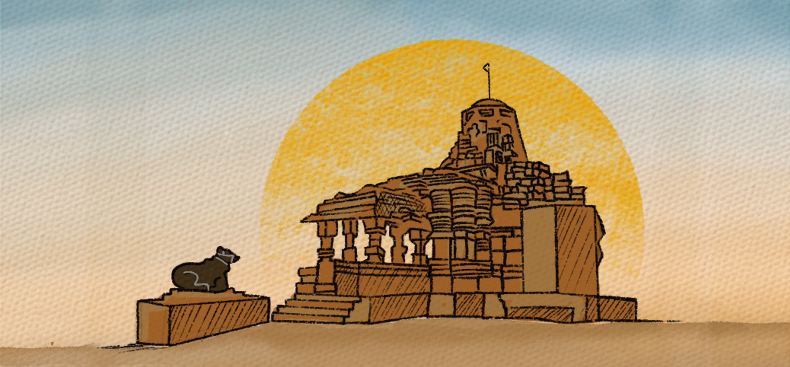We have our own history exactly as it ought to have been for us. Those who have eyes to see, find a luminous history there, and on the strength of that they know the nation is still alive.
But that history has to be rewritten. It should be restated and suited to the understanding and ways of thinking which our men have acquired in the present age through Western education.
– Swami Vivekananda

